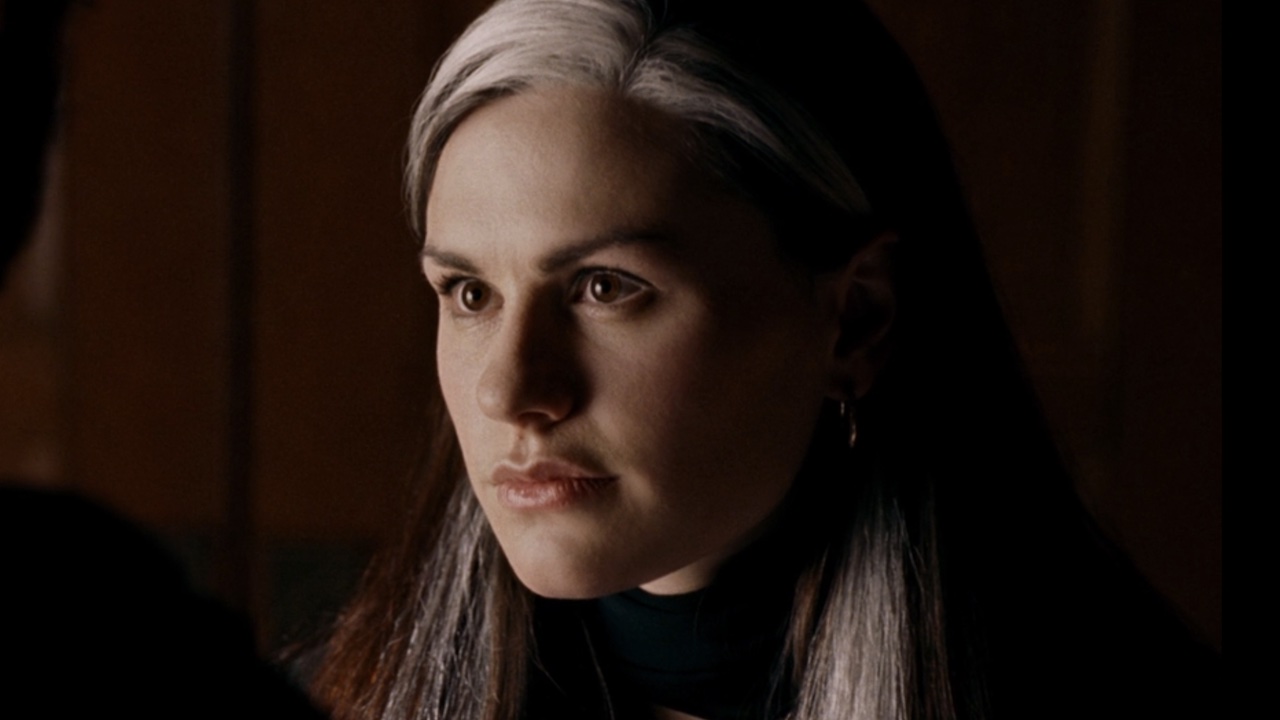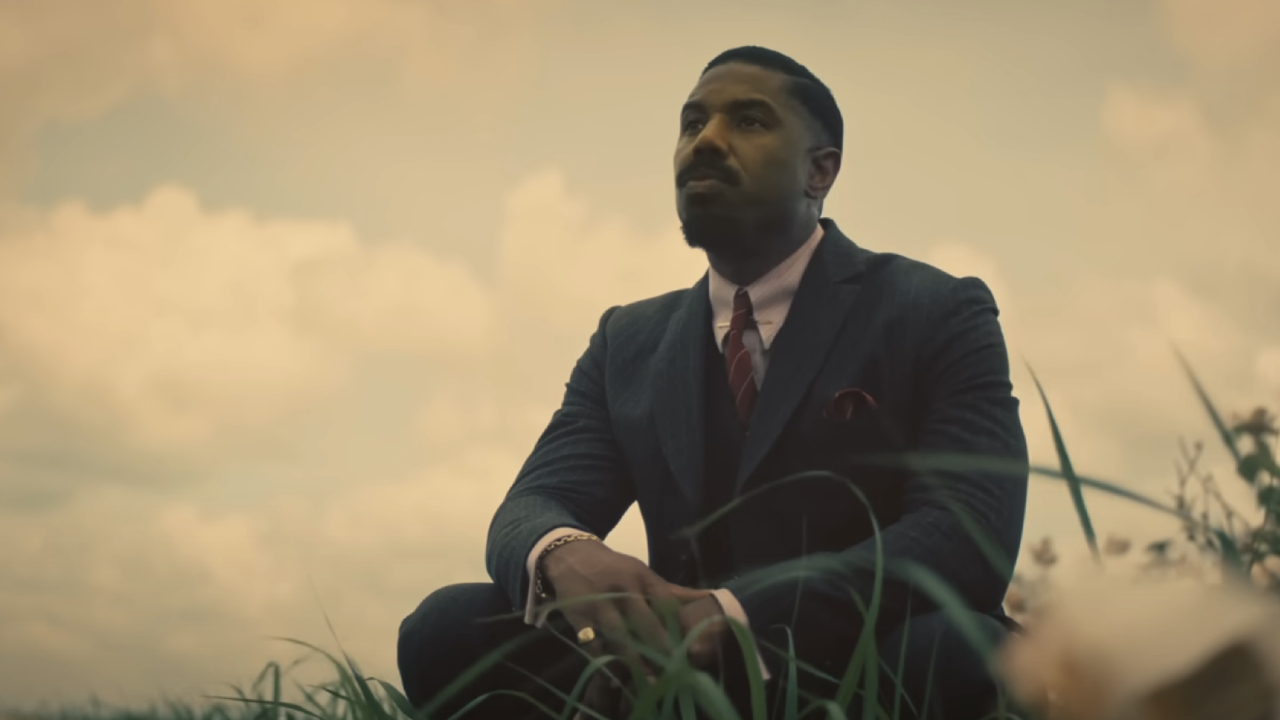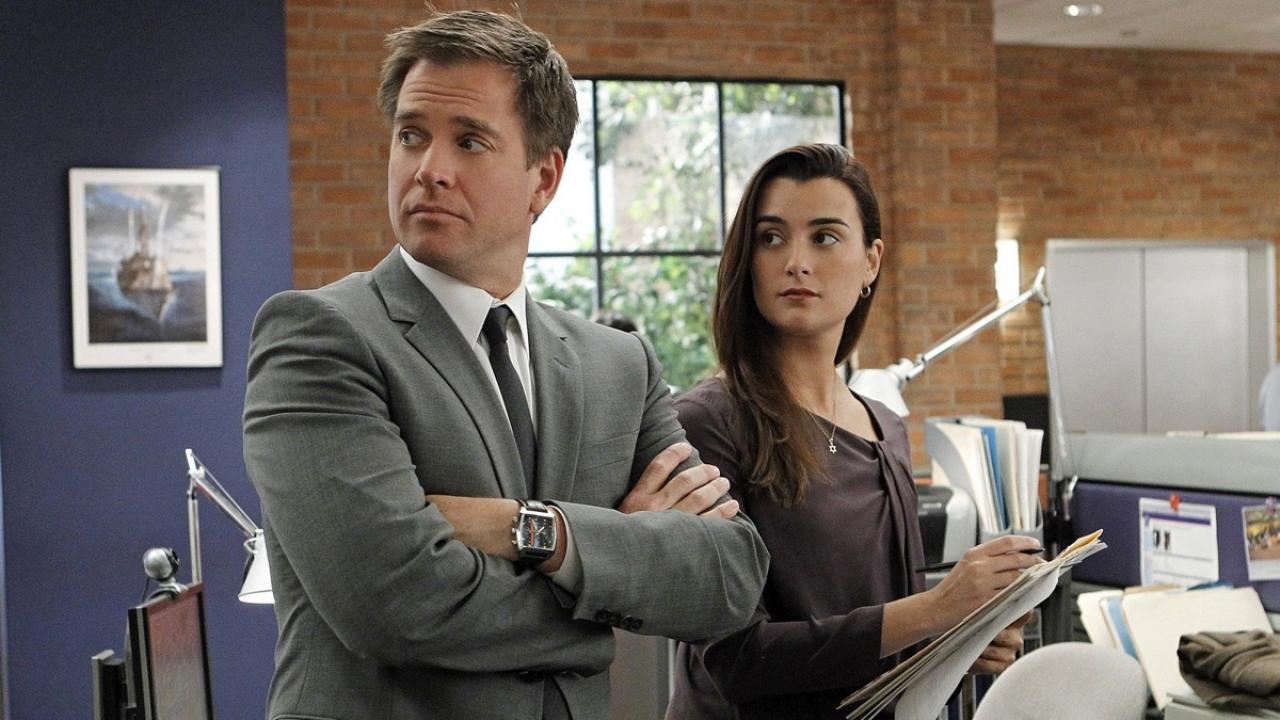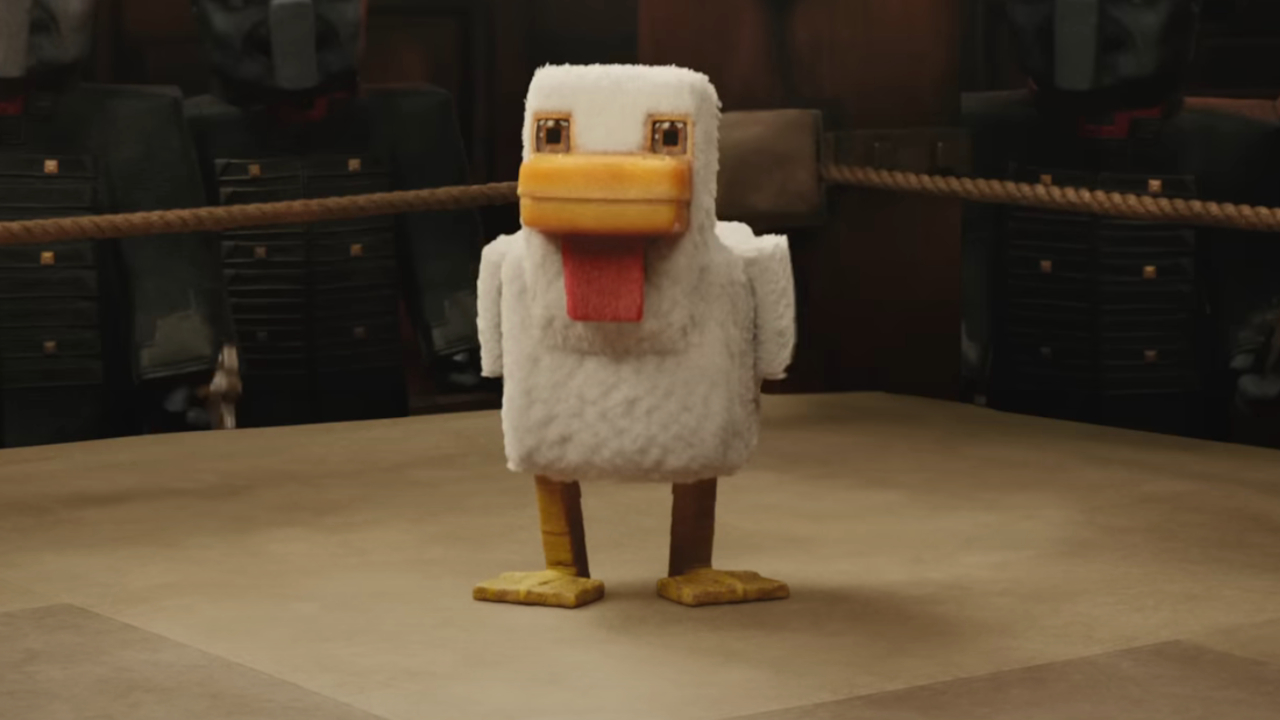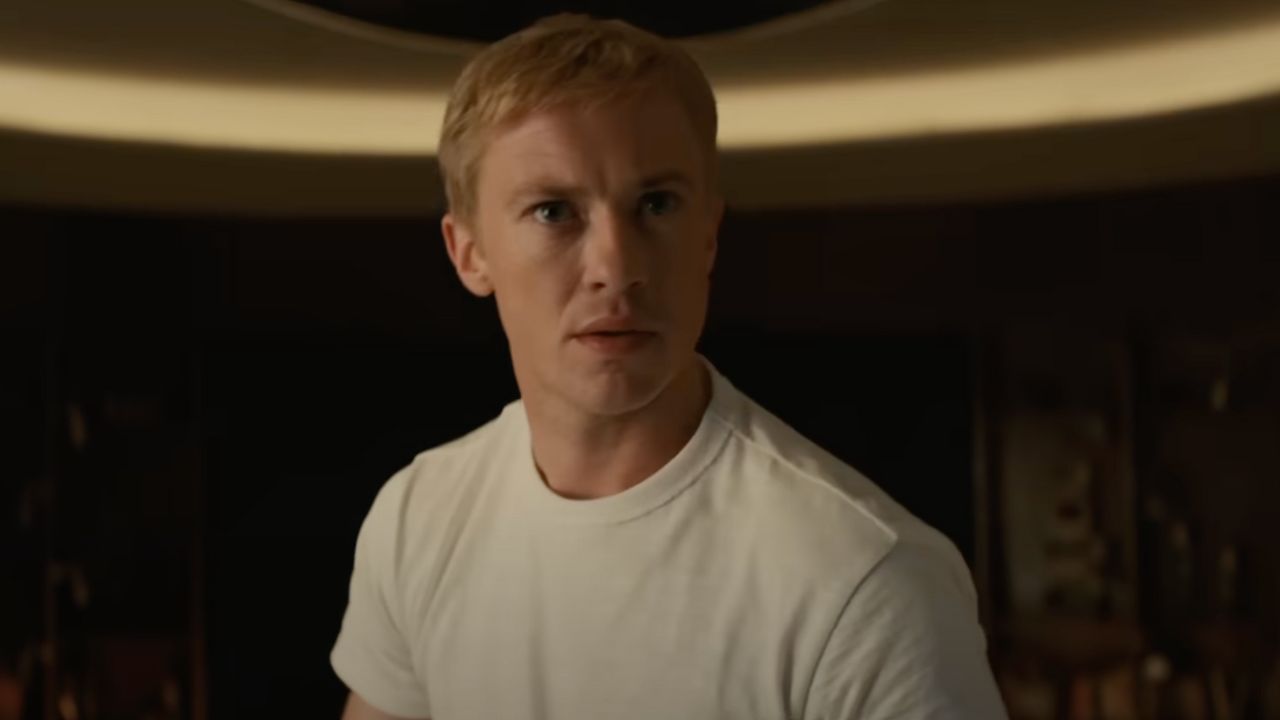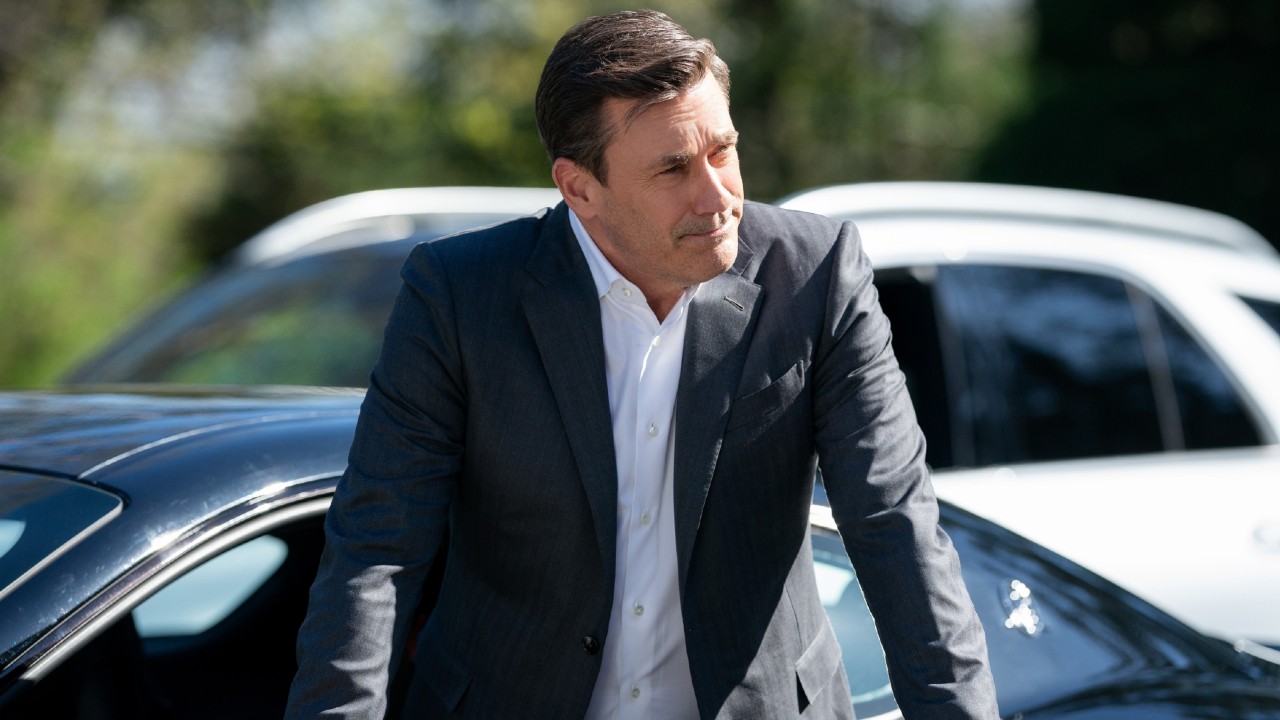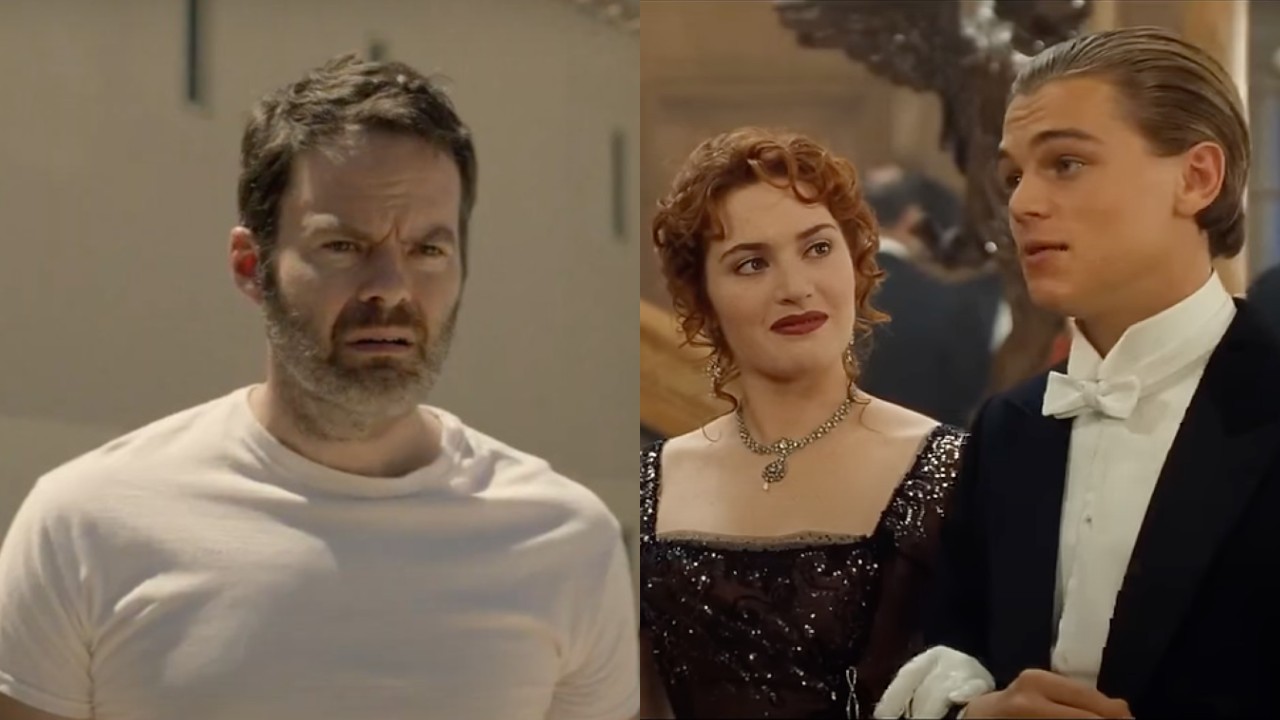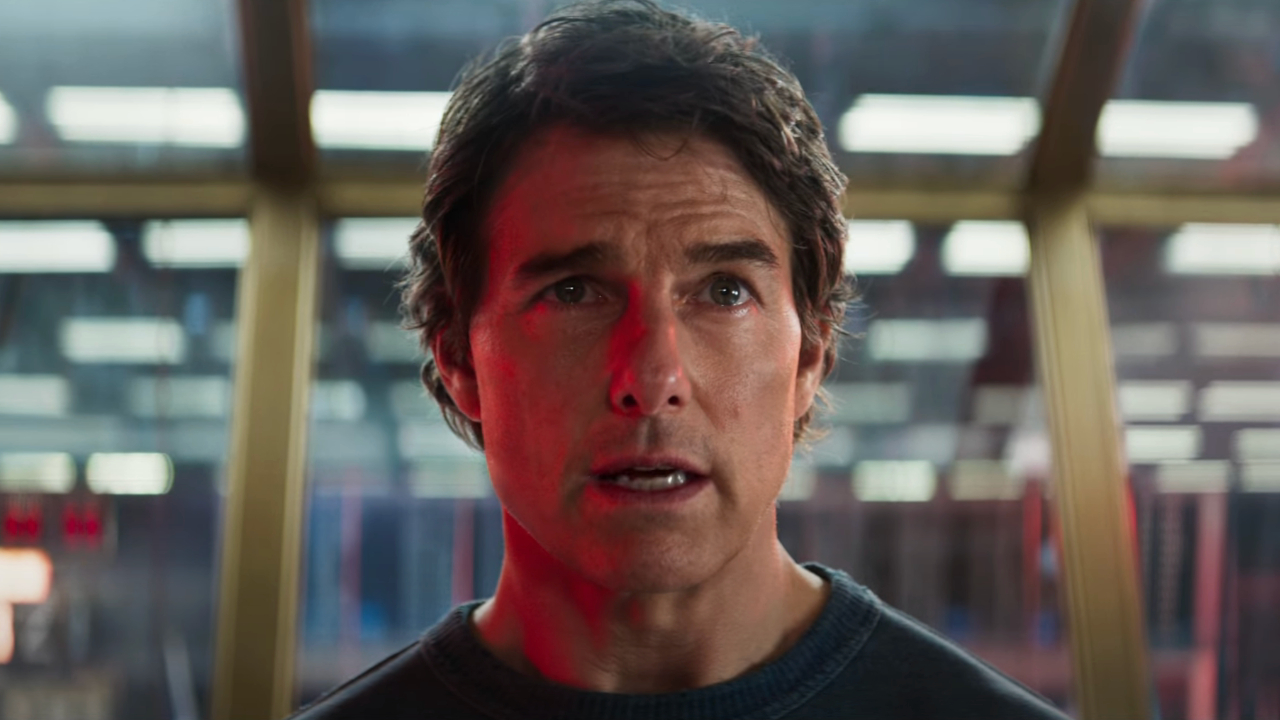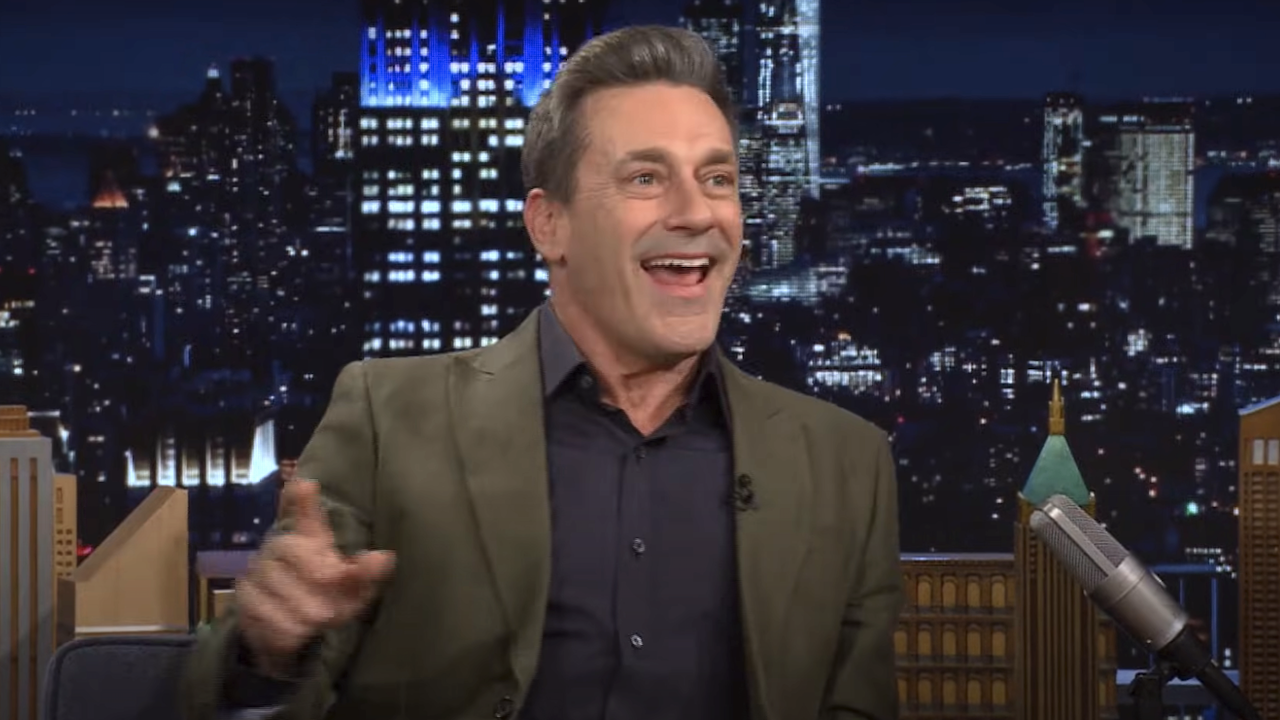Every Saw Movie Ranked, Including Jigsaw
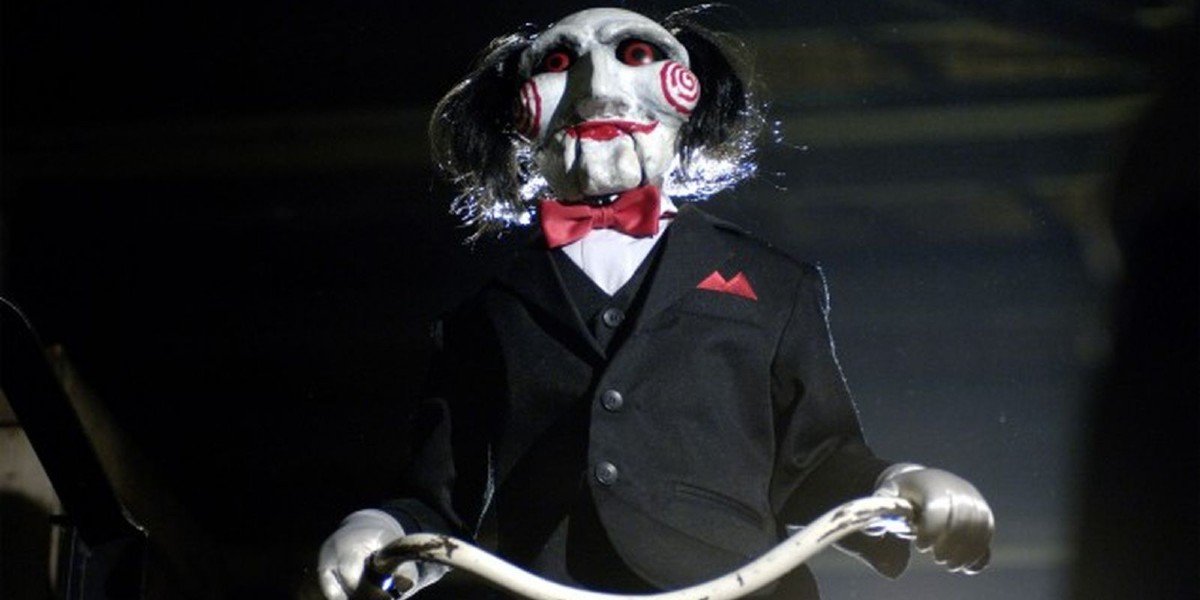
Do you want to play a game? Many unfortunate souls have heard these dire words as they are left to make many life-or-death choices under extreme and excruciating circumstances. The results have only been consistent in the sense that Saw has become one of the most recurring horror film franchises of the early 21st century, with a surprise, secretive new re-imagining from writer/producer/star Chris Rock to be released later this year. What that new film will entail is anyone's guess, but it's hard to imagine it'll be any worse than some of the more unfortunate Saw movies we've gotten over the years, including 2017's dull reboot, Jigsaw. When it comes to the Saw movies, a few of the sequels can be appropriately torturous.
Therefore, let's take this time to rank each-and-every Saw movie in order from worst-to-best. Naturally, since we'll be discussing each Saw film in at least some grisly detail, you should expect a healthy splattering of spoilers for this twist-friendly film franchise. You have been warned accordingly.
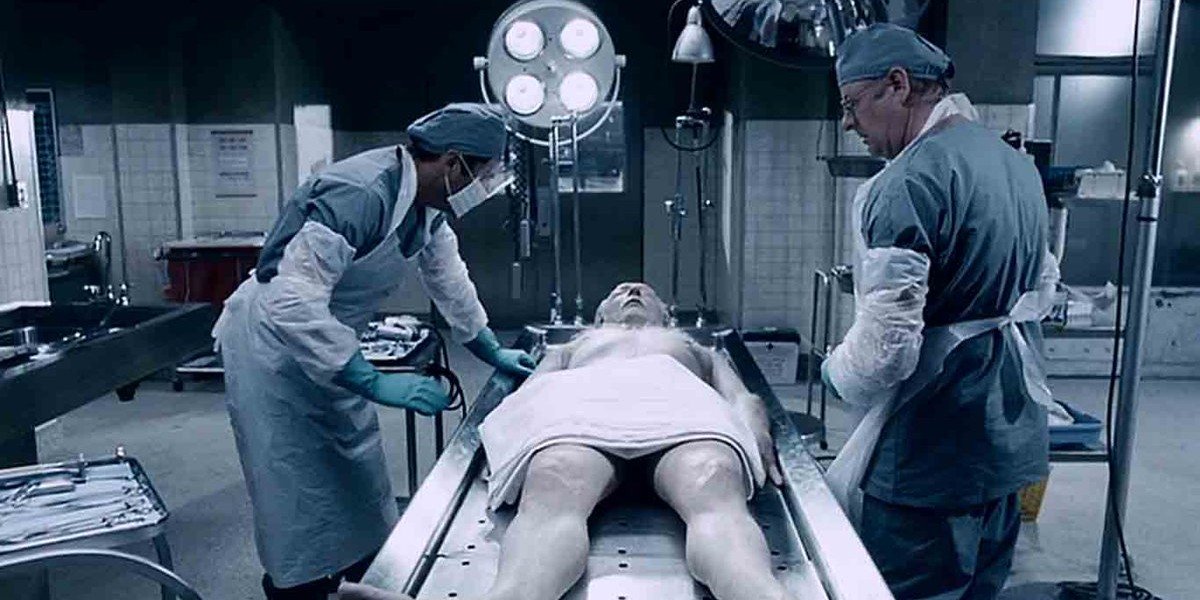
8. Saw IV (2007)
Especially coming after a definitively conclusive trilogy-capper, Saw IV feels like a needless retread, one that never justifies its own existence. With the story effectively finished in Saw III with the death of John Kramer (Tobin Bell), there was little need to continue this franchise beyond purely capitalistic reasons. As a result, Saw IV feels insultingly empty, the result of a franchise continuing to chase dollar signs rather than adding anything new or interesting to this overextended horror franchise. The result is a film where the main character spends the whole film as a corpse, one who gets an excessive and graphic autopsy in the process. If that's not a fitting metaphor for this hollow cash grab of a Saw sequel, then I don't know what is. The main thrust of the story follows a police officer who must overcome his desire to save everyone, but this sequel was made just to make more money.
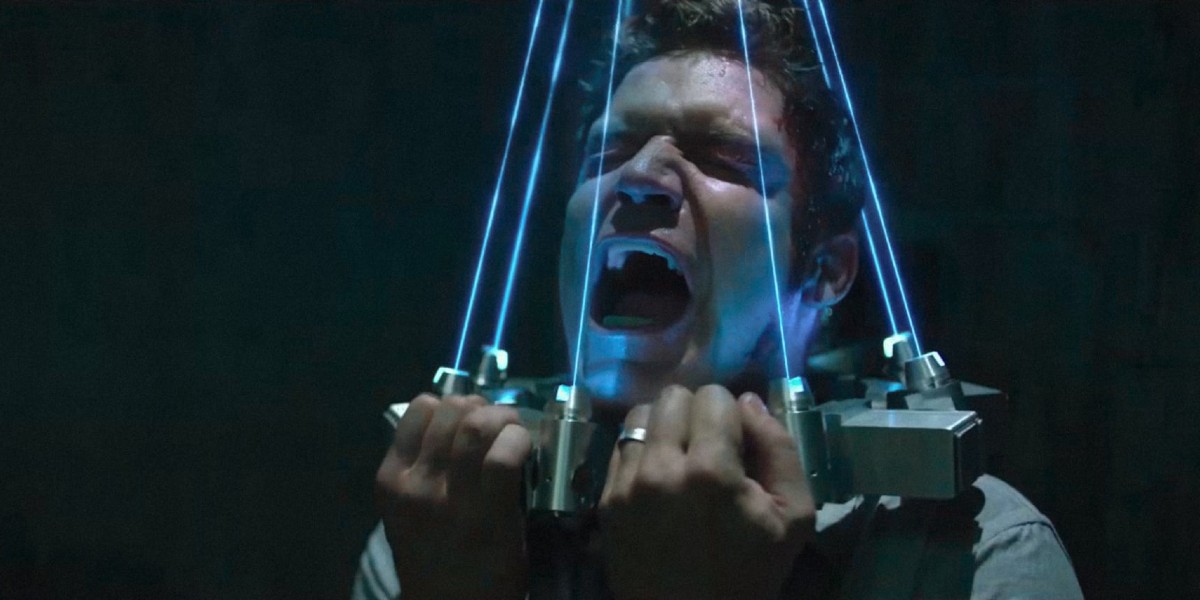
7. Jigsaw (2017)
Several years after the Saw franchise seemed dead and buried, the producers behind the exhausted horror series brought it back to life to play one more game with 2017's ill-fated Jigsaw. Directed by the Spierig Brothers, a pair of bright filmmakers who have helmed a few solid horror entries in the past, there were hopes that fresh blood could give the retired horror franchise a new lease on life. Alas, it did the exact opposite. It confirmed that the Saw series was better left dead by producing a boring, lackluster procedural cop drama with a few unremarkable Saw traps caught inside, which resulted in a poorly acted, terribly written, and clumsily executed seventh sequel with no real redeeming values. Even the traps seemed pedestrian.
The best thing one can say about Jigsaw is that it's quickly forgotten, but that would be excusing its terrible twist where it shamelessly and needlessly brings Tobin Bell's character back to life in the hopes of rejuvenating this franchise for at least one more sequel. Thankfully, moviegoers saw through this shallow attempt to ring out even more money out of this rotted corpse of a horror series. Suffice to say, it was game over for Saw... for a little bit.
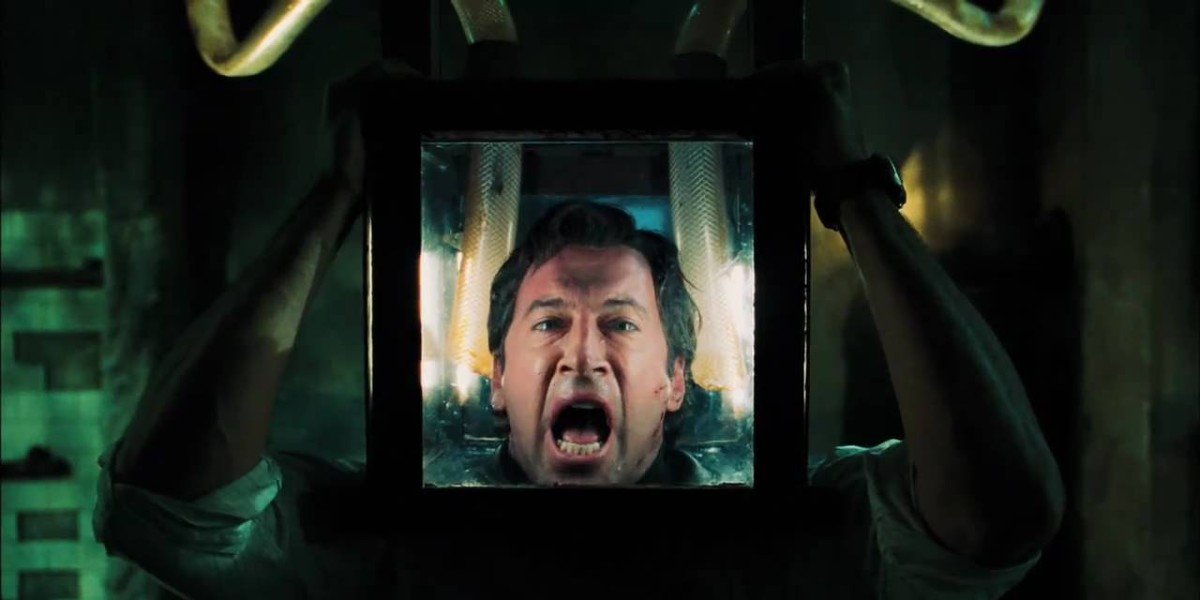
6. Saw V (2008)
By the time Saw V came to theaters in 2008, it was apparent that the Saw franchise was standing on its last severed legs. The torture-friendly series was becoming more torturous than ever, complete with uninspired stunts, lame performance, and a frayed plot that was growing ever more strenuous with each consecutive installment. There was little to make this sequel stand out from past sequels, as the stakes were growing dimmer, the plot no longer had a firm connection to its predecessors, and the majority of this fifth film's minor inspiration went exclusively into the deathly traps, which were by-and-large growing quite stale. The plot follows the apprentice of Jigsaw, one who is meant to carry on John Kramer's twisted legacy, but it was creatively bankruptcy otherwise, severely lacking new ideas. It became a boring retread. This tortured horror franchise seemed better off dead.
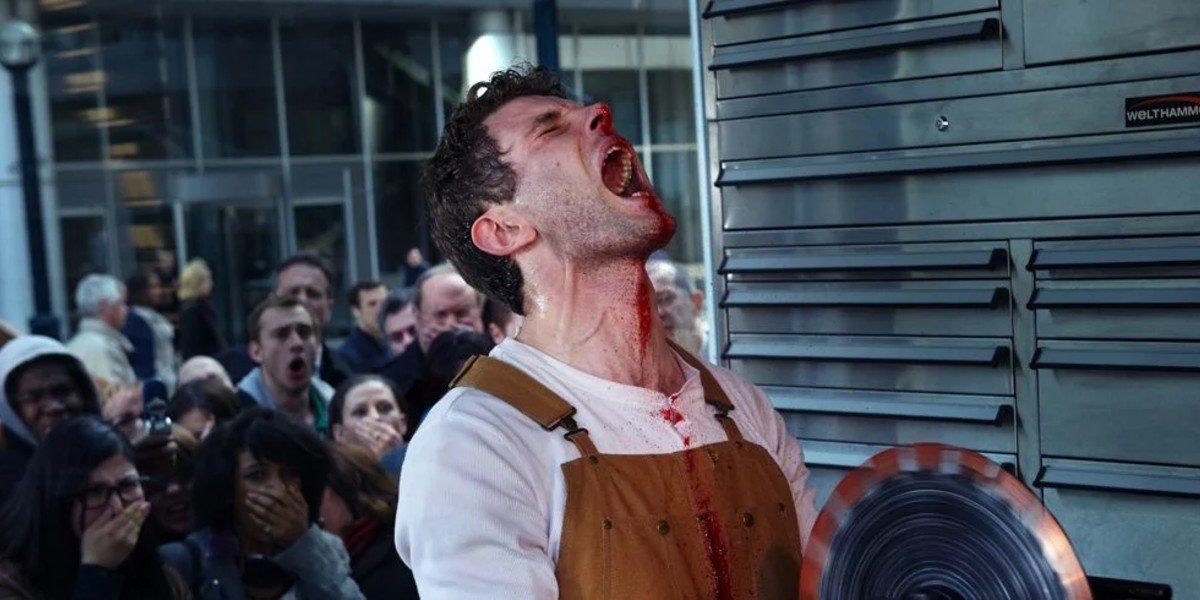
5. Saw VII (2010)
Admittedly, Saw VII might be ranked higher here than you'll see it elsewhere. But I must confess that, while it's not necessarily good, it's refreshingly more self-aware of the series' potential for shlock than previous Saw installments. This added camp value turned some long-time Saw fans off, but it endeared others. I'm closer to the latter than the former. Saw VII, i.e. Saw 3D, i.e. Saw: The Final Chapter, made it evident that the Saw franchise was running on fumes, and there were little-to-no creative ideas left in the chamber. The traps were getting convoluted to the point of utter ridiculousness, even by Saw standards, and that was nothing compared to the leaps in logic needed for anyone to make even a lick of sense of the jumbled timeline.
CINEMABLEND NEWSLETTER
Your Daily Blend of Entertainment News
But Saw VII's knowingly cheeky tone, bolstered by the 3D element, made the tone lighter and the story sillier, which provided fleeting bouts of fun compared to some of the drab, dull sequels. The plot centered around a man who becomes a local celebrity by pretending to be a Jigsaw survivor, only to find himself inside a real Jigsaw game — surprise, surprise — in order to save his wife's life. It wasn't a satisfying end to the series, especially with another sequel planned before this movie tanked at the box office, but Saw VII provided a little more entertainment value than other Saw sequels.
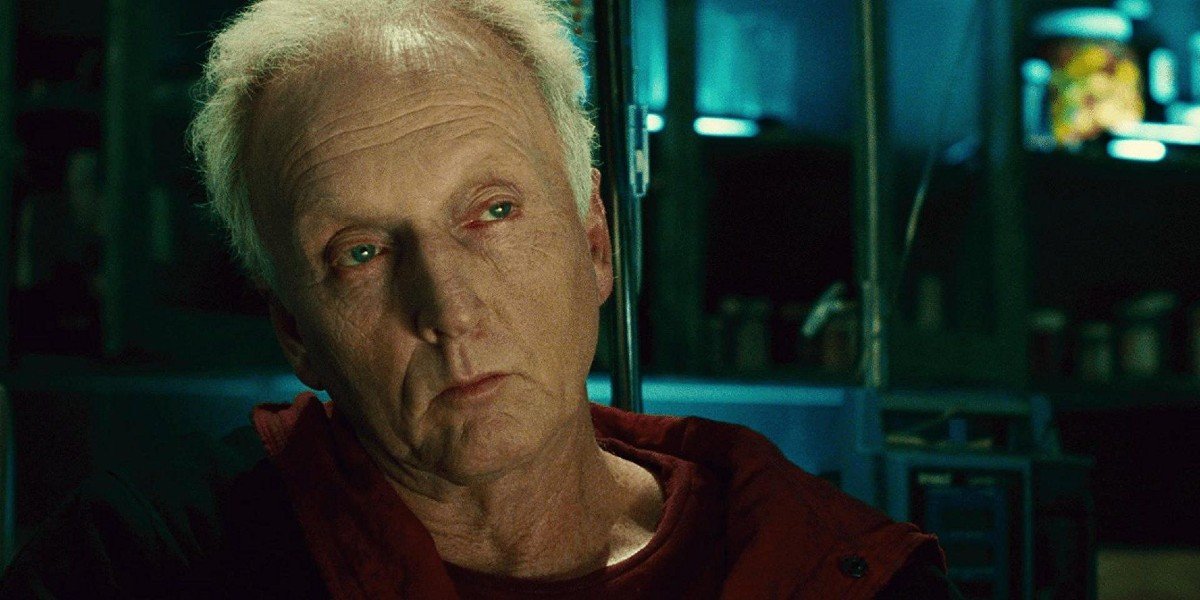
4. Saw II (2005)
Following the surprise success of the original Saw movie, a sequel was inevitable. While the story was tightly compact, and it didn't need any sort of continuation to tie up, say, any sort of dangling loose ends, there was no doubt that the producers behind Saw would continue the long horror film tradition of releasing a brand new installment with each consecutive Halloween season. That started with 2005's Saw II, which didn't quite reach the same heights as its crafty predecessor, but it laid some more thematic groundwork for what many horror fans could expect for the burgeoning series.
The stakes in Saw II were appropriately bigger and the traps were even more dangerous and brutal than what we saw before; it was clear that the producers behind the newfound franchise wanted to make good use of the extra dollars in their budget. Moreover, this sequel introduced the group dynamic, along with the police officer who arrested John Kramer watching these imperiled people (including his own son) from monitors, that would carry over (for better and worse) throughout the additional Saw sequels. And it had an ending twist that, while not as good as the first one, was solid enough to stand out.
Certainly, Saw II's twisted finale was better than the twists in a few of the later installments. It also kept the timeline continuing in a way that was at least more logical, if not believable, than some of the over-the-top sequels. Overall, Saw II proved to be a respectfully OK follow-up.
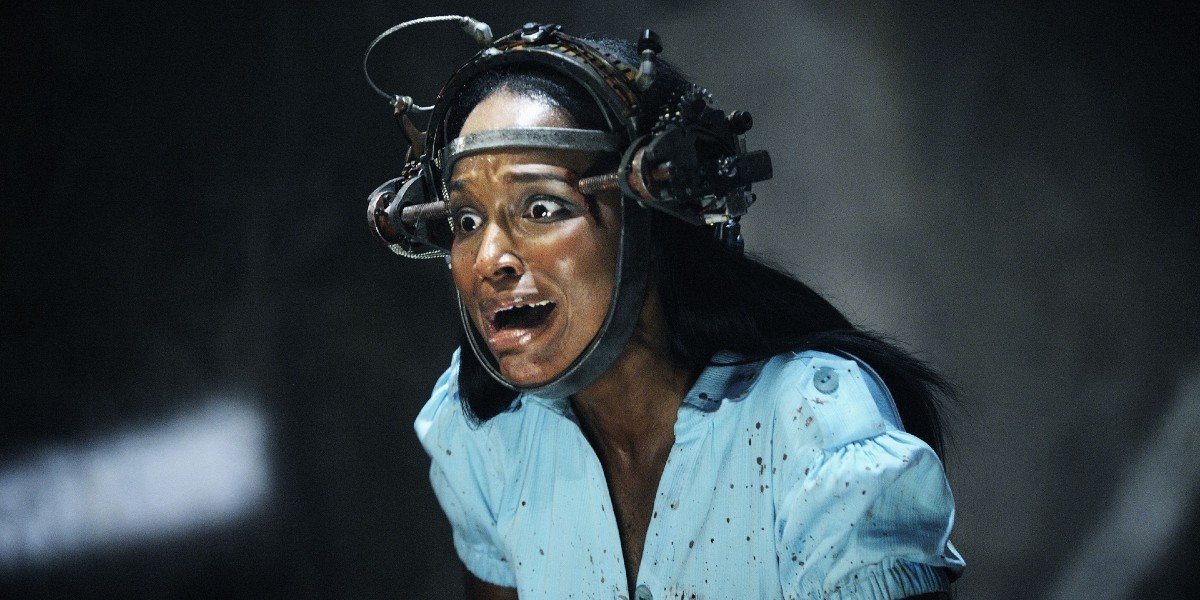
3. Saw VI (2009)
Notably following a dire, lifeless pair of sequels, Saw VI wasn't a complete revival, but it was a refreshing revitalization for the prolonged Saw series. By going back to the basics and keeping the focus more intimate, thematic and character-based, Saw VI was closer to the Saw trilogy than anything that came after, and it was better for it. With a twist that's better than what viewers would expect from a fifth Saw sequel, along with a few engaging set pieces and other entertaining surprises found along the way, Saw VI isn't the type of sequel that'll win new fans into the franchise, but if you had kept up with the horror franchise for this long, it is easy to find Saw VI more rewarding and satisfying than most of the other Saw sequels.
The plot focuses on Detective Mark Hoffman (Costas Mandylor), the successor to John Kramer, putting an insurance executive and his employees in a series of traps. With a focus on the healthcare reform which made this sequel more timely and thoughtful than previous Saw installments, along with some crafty scenes and set pieces bolstered by more assured, dynamic direction, Saw VI proved to be a more worthwhile, inspired Saw sequel than usual. Alas, any sort of inspiration that was found in Saw VI wouldn't be found in the last couple Saw movies made afterward, but this fifth sequel had more to offer than Saw V and Saw IV, which isn't the highest compliment, but it was enough to bring a bit of life back into an increasingly tired series.
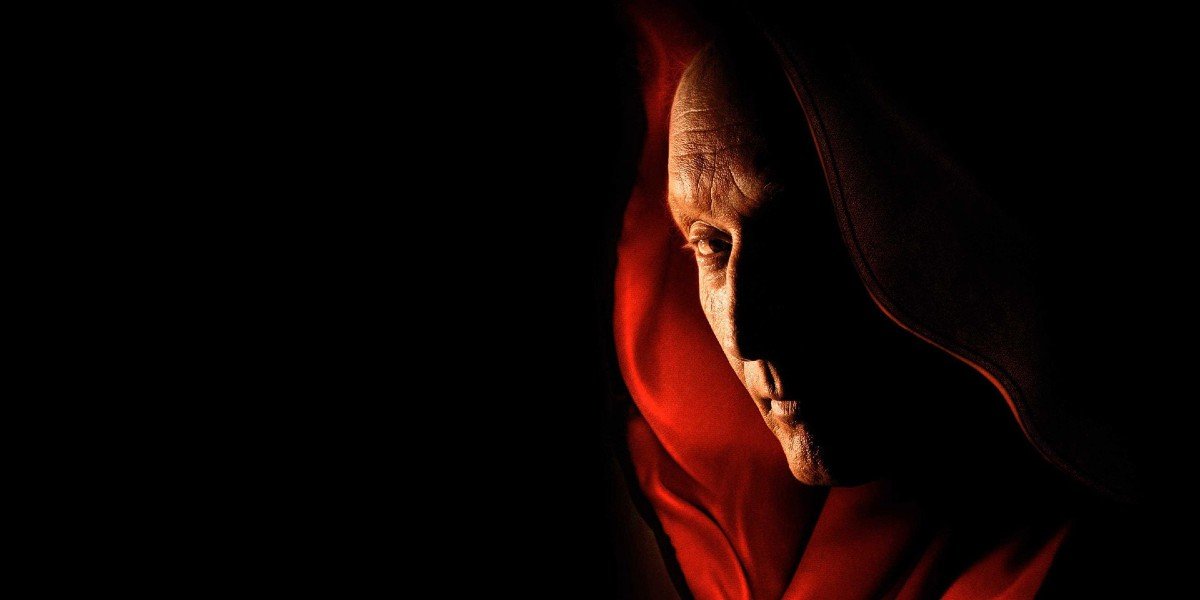
2. Saw III (2006)
Once meant to be the final chapter in the extensive horror franchise, Saw III was a stakes-driven, satisfyingly conclusive finale for the Saw franchise before the producers decided to keep it going well past its expiration date. While that does diminish the intended effect of this second sequel, Saw III still stands out as one of the best Saw movies in the series, as it was benefitted by a purposeful desire to bring the previous installments back into the fold in a cyclical way and produce a well-rounded narrative conclusion to this horror series, something that would not be found in any other Saw film.
In this once-final Saw chapter, Jigsaw helps a man loose his lust for vengeance after his son is killed by a drunk driver, while a dying John Kramer has his apprentice, Amanda Young, kidnap a doctor in order to keep him alive long enough to see his latest task through to the end. Aided by yet another strong supporting turn from Tobin Bell, who has always been good in this series even when the movies aren't, Saw III feels much more purposeful and thoughtful than the other Saw sequels, allowing itself to find its proper sense of closure and eventually produce arguably the best (or, at least, second best) ending in the series. Alas, it was not meant to be the end. Nevertheless, Saw III stands out as the strongest, most satisfying Saw sequel to date.
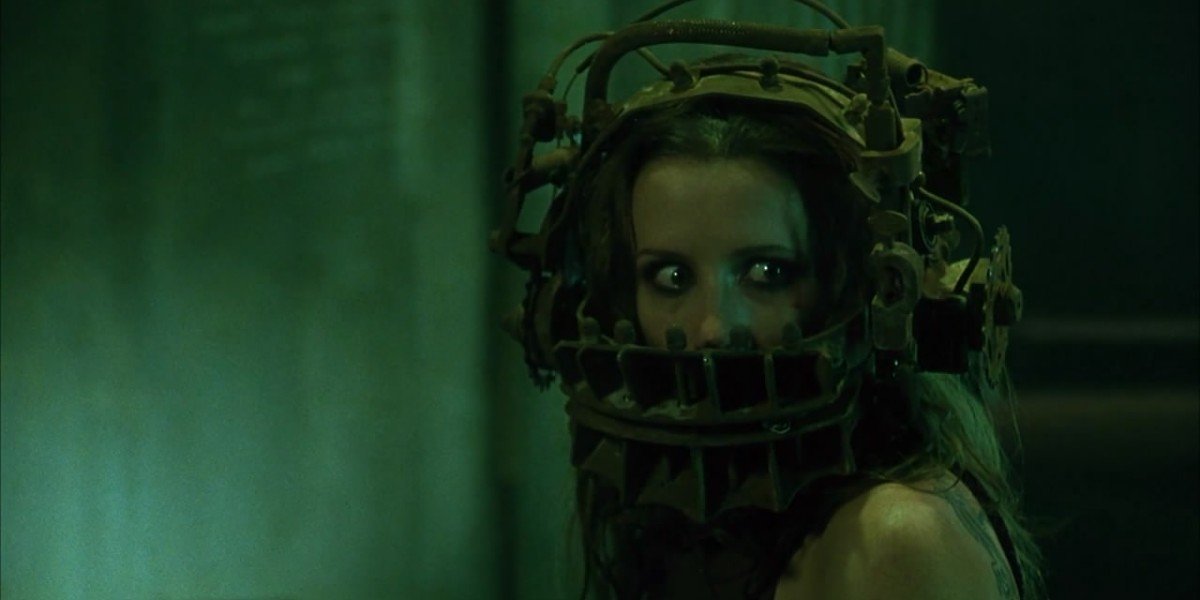
1. Saw (2004)
It's the one that started it all. Back in January 2004, Saw was an under-the-radar horror film with a slim budget of $1.2 million, which was so paltry, the filmmakers reportedly didn't have enough money to film exterior shots. It was the directorial debut of unknown filmmaker James Wan and its most noteworthy aspect was an ensemble cast that included Cary Elwes and Danny Glover. But over the course of the movie's rapturous response, Saw became of the biggest horror franchises of the early 21st century, making over $100 million at the box office and solidifying James Wan as one of our primer studio directors/producers, notably with follow-ups like The Conjuring series and Aquaman, which made over a billion dollars at the box office.
The story was simple enough. It found two men kept chained in a bathroom forced to kill the other or else their family would die. It was an intimate premise, notably compared to the sequels, but it was effective and captivating enough to earn an audience and an eventual following. Certainly, Saw came a long way. But for good reason, as made evident in this film. This taunt, nifty horror-thriller is an intense, suspenseful piece of work, one that used its limitations to its advantage to create an effectively lean small-budget horror flick with one of the most memorable twist endings of the '00s.
What's your favorite Saw movie? Are you looking forward to Chris Rock's new take on the once-dormant horror series? Do you want to play a game? Let us know in the comments!
Will is an entertainment writer based in Pittsburgh, PA. His writing can also be found in The Playlist, Cut Print Film, We Got This Covered, The Young Folks, Slate and other outlets. He also co-hosts the weekly film/TV podcast Cinemaholics with Jon Negroni and he likes to think he's a professional Garfield enthusiast.


